Roller Skiing: Experience Cross-Country Without Snow
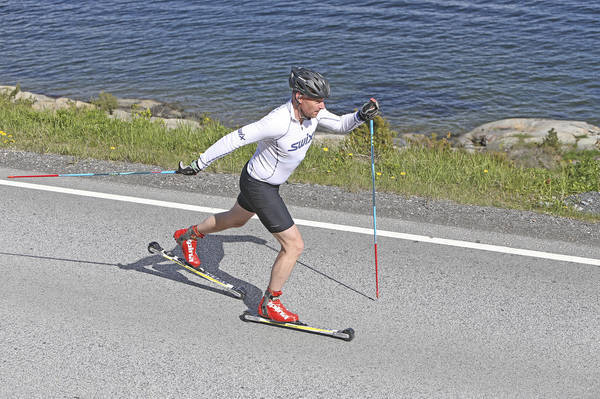
Are you eager to discover more about cross-country skiing on wheels, also known as roller skiing? Understand the sport's workings, the techniques employed, and why it serves as an effective full-body workout. We’ll also share practical rollerski tips to help you train wisely and ensure your safety.
An old adage suggests: "Good skiers are made in the summer" – and it’s accurate. Staying fit for cross-country skiing in the winter requires sweating it out in the spring, summer, and autumn seasons.
Overview
Overview
Introduction to Roller Skiing
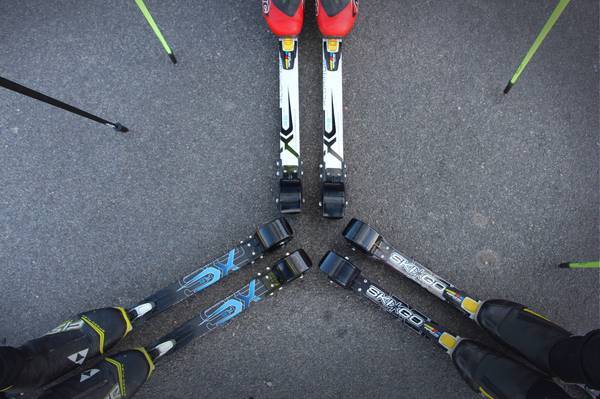
Roller skiing provides a summer alternative to cross-country skiing that swaps snow with wheels. Athletes use roller skis, poles, and skiing techniques to mimic skiing movements. The sport enables year-round training, keeping you fit even without snow. The movements and muscle use are nearly the same, justifying its nickname as cross-country skiing without snow.
Roller Skiing: Essential Training When There's No Snow
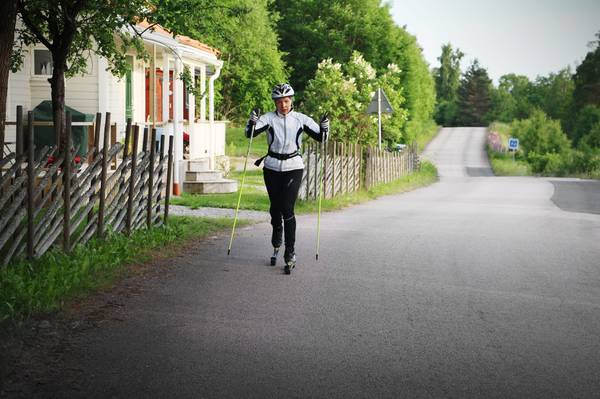
A major benefit of roller skiing is its capacity to facilitate uninterrupted cross-country training all year long. As snow disappears, roller skiing becomes critical for off-season training, closely mirroring the techniques, movement, and rigorousness of traditional skiing. It engages the same muscles and cardiovascular systems as skiing on snow.
Both recreational skiers and elite competitors find that roller skiing helps maintain their skills, physical condition, and coordination in warmer months. It effectively bridges the seasonal training gap, ensuring your cross-country regimen remains consistent.
How Difficult Is Roller Skiing?
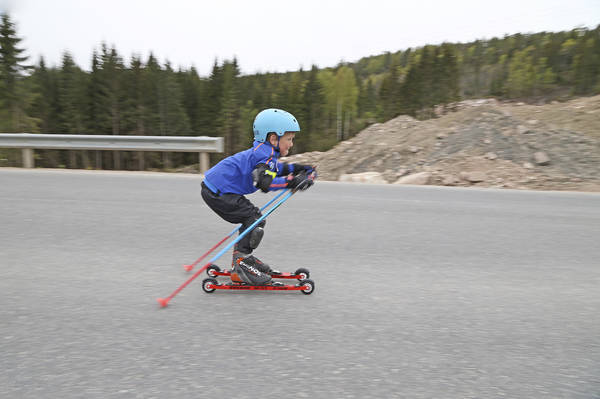
Initially, learning roller skiing can be moderately challenging. Although the technique reflects cross-country skiing, prior ski experience is beneficial but not mandatory. Beginners often need several sessions to become adept at balancing and coordinating. The learning process varies based on your physical fitness and previous experience in sports like running, skating, or skiing.
Expect an adaptation period to build your confidence and control. Beginning on smooth, flat surfaces greatly aids the process. With regular practice, most people can achieve good technique and control within a few weeks.
Roller Skiing: Why It's a Highly Effective Exercise
Renowned as one of the most complete workouts, roller skiing engages the entire body — including arms, core, back, and legs — simultaneously. As a result, it burns more calories per hour compared to most endurance sports. The activity requires pushing, gliding, and stabilizing, creating a cohesive full-body movement.
Beyond physical gains, roller skiing sharpens mental focus and coordination, challenging balance and timing across varying terrains. Additionally, it is a low-impact exercise, reducing stress on joints compared to running.
Muscle Development Through Roller Skiing
Through constant push-offs and glides, roller skiing boosts strength in the legs, glutes, and hips. It also engages the arms, shoulders, and back during poling. Over time, these actions enhance muscle tone and endurance.
While it doesn’t result in muscle mass comparable to weightlifting, it does promote lean muscle growth, especially in the core and lower body. Including resistance exercises in your rollerski routine can enhance these benefits.
Rollerskiing Tips for New Enthusiasts
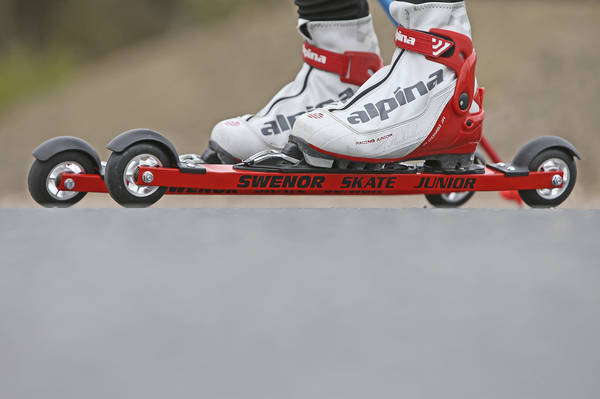
If you’re starting, consider these essential tips for safety and faster improvement:
- Utilize protective gear: Helmets, gloves, and knee pads are crucial
- Begin on smooth, flat roads or bike paths with minimal traffic
- Concentrate on balance and gliding before increasing speed
- Rely on your poles for stability, not just propulsion
- Enhance coordination with short, controlled sessions
- Always include warm-up and cooldown periods
Stopping Techniques in Roller Skiing
Learning braking skills is vital early on. Roller skis lack built-in brakes, so stopping safely requires practice. Hone your braking technique on a flat and smooth surface free of traffic before advancing.
These are the common techniques for stopping or slowing down on roller skis:
Snowplow Brake (Classic Approach)
Push heels outward to form a “V” shape, allowing the inner wheel edges to create friction and slow you down on slight slopes.
Pole Dragging
Lightly touch the ground behind you with one pole while maintaining a relaxed arm, creating drag to reduce speed.
Dragging a Ski
Similar to braking with inline skates, drag one ski behind the other, perpendicular to your forward ski. Although it can be challenging, especially with long skis, it becomes a very effective brake technique once mastered.
Traditional Cross-Country Method on Roller Skis
The classic style resembles walking or running, involving gliding on one ski with the opposite arm and pole pushing off. Mastering timing and rhythm is crucial.
- Maintain a tall, relaxed posture
- Transfer weight fully onto each ski
- Direct arms and poles straight back
- Keep kicks brief and crisp
This method is efficient on flat to moderately inclined terrain and excellent for building endurance and coordination.
Skating Technique on Roller Skis
The skating style is more dynamic and speedy, involving V-pattern sidelong pushes akin to ice skating. This technique demands stronger leg work and a robust core.
- Concentrate on forceful side-to-side pushes
- Incorporate double poling for greater speed and stability
- Engage the core for improved balance
- Practice timing to sustain momentum on inclines
The skating method offers a rigorous workout popular among advanced skiers, yet beginners can also learn.
